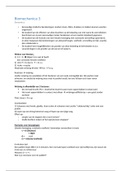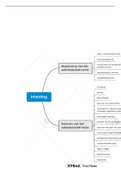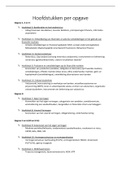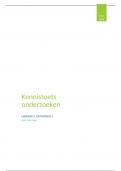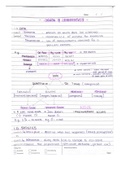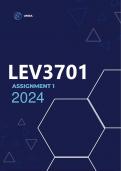Essay
unit 2 - Aim A - Titration
- Institution
- PEARSON (PEARSON)
This is an in depth assessment discussing the processes of titration and colorimetry to determine the concentration of solutions. It includes lists of laboratory equipment and their calibrations, preparation of solutions using titration and colorimetry.
[Show more]





